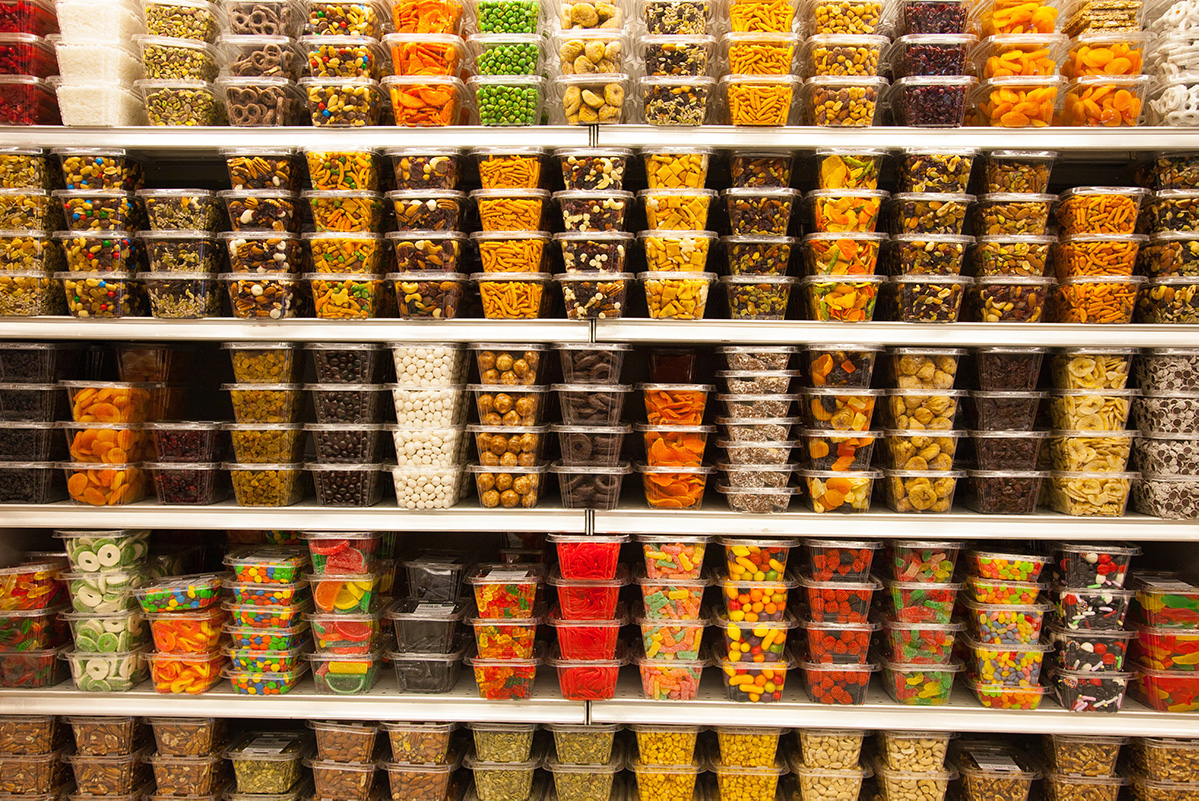Market News: Food Packaging Shortages
Have you ever wondered what it takes to make the packaging your food comes in? We grab it off the shelf, ready to take home and consume, but rarely give thought to how it got there.
In our global economy, we rely on a supply chain that brings raw materials from across the world to manufacturing plants. Once processed, they move on to the next step in the supply chain, and the next until they reach a point of sale and ultimately end up in our hands as consumers. Over the last 18 months, supply chain bottlenecks have caused shortages across all market segments, most famously resulting in toilet paper and hand sanitizer shortages in the early days of the pandemic. But these bottlenecks are affecting all segments of our market, including food packaging.
Packaging manufacturers and suppliers are seeing shortages impacting products packaged in paper, glass, plastic and aluminum. There are a lot of factors at play, but some of note are:
Transportation: Between global shipping coming to a near-halt and a shortage of shipping containers, tankers and drivers, the transport of goods has slowed significantly. It is taking a great deal of time and patience to work through the disorder the shut down at the height of the pandemic caused, and get our system of transportation back to pre-COVID levels.
Materials and Manufacturing: While many raw material and manufacturing plants shut down or had limited capacity due to COVID-19, paper and plastic packaging material suppliers were also affected by plant outages caused by hurricanes and winter storms as well as regularly scheduled maintenance.
Labor: The labor force participation rate dropped to his lowest level since 1973 in April 2020 due to lock-down restrictions. While job openings are increasing at record levels, labor force participation is only slowly increasing. There are a lot of factors at play, but ultimately employers are competing with each other to fill positions and move goods and services to consumers.
Companies. like ours, are in constant communication with suppliers about shortages as well as looking for ways to adapt and minimize the impact on customers. This might look different for each company and each customer, but could include a move to a new packaging material to get finished packaging for products, or a recipe tweak to swap out a hard to find ingredient or component to get product to customers sooner. And while this presents challenges across the board, companies are stepping up their creativity and flexibility to keep providing solutions to consumers.
For more information check out these articles:



